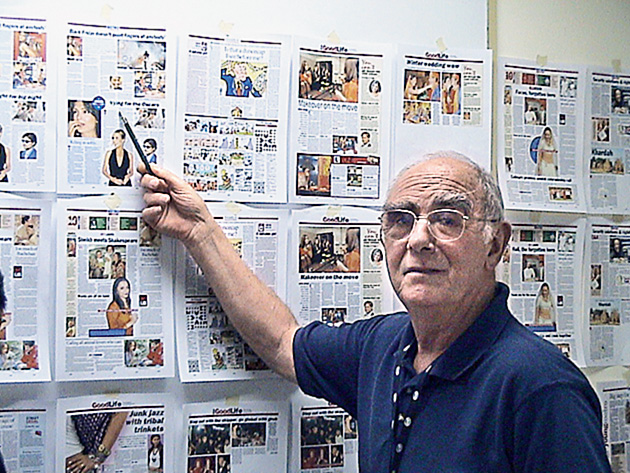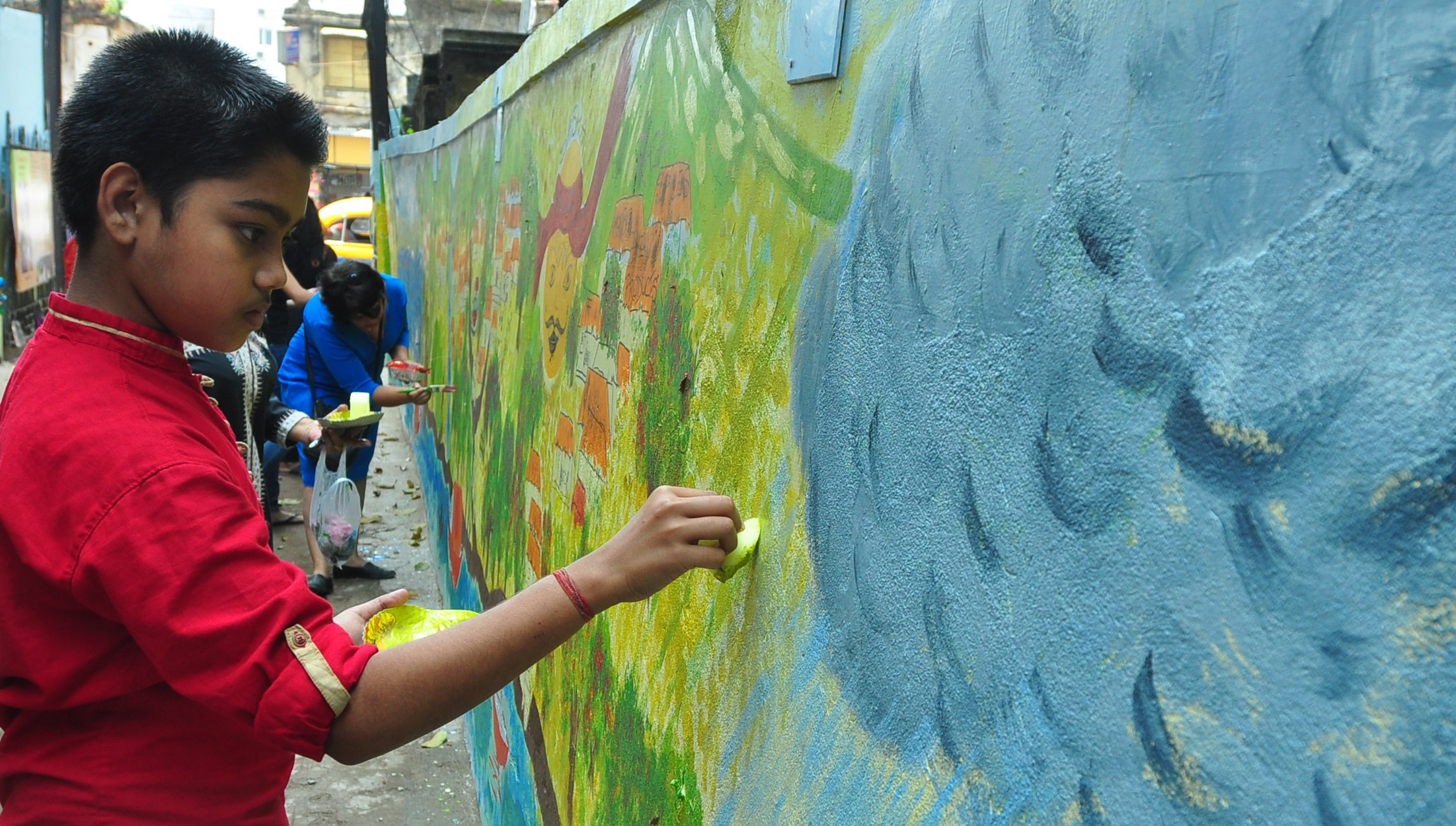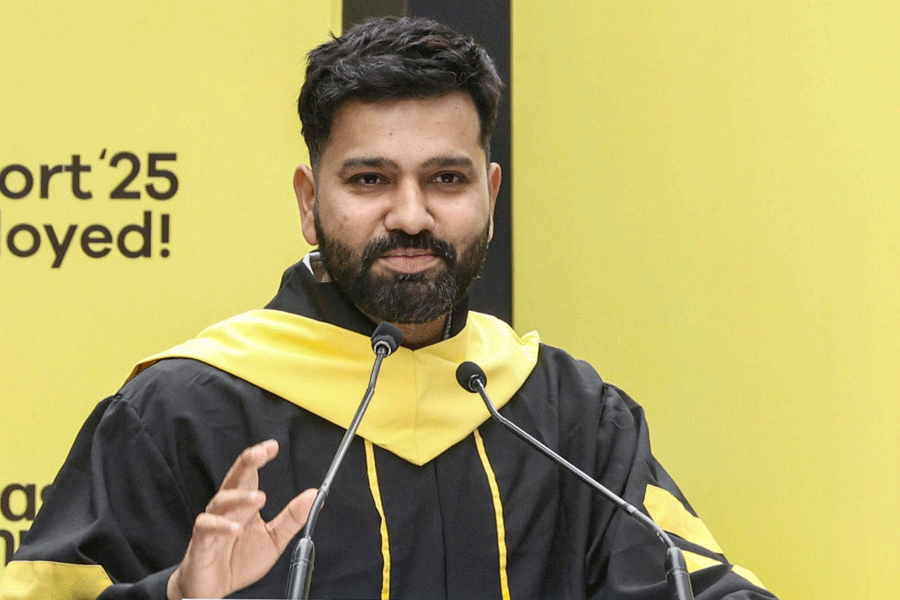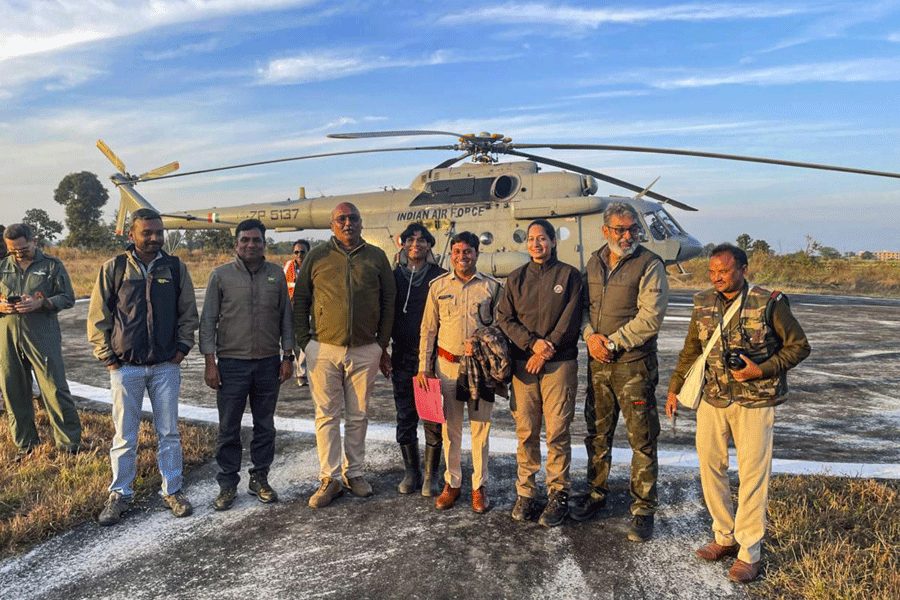Sir — An underpass in Noida was recently given a makeover by the Kiran Nadar Museum of Art and the Noida Authority. They were trying to promote art in the public sphere. This is encouraging. A similar initiative had been undertaken in Calcutta when walls in several prominent areas were painted over with murals. These are excellent opportunities to showcase talent. Artists who cannot afford to exhibit their art professionally as well as folk artists should be given a chance to draw such murals. This will not just make city spaces more attractive, but will also undoubtedly be pleasing for citizens, giving them something to think about during their commute.
Rima Roy,
Calcutta
Speak out
Sir — It is heartening that the 2018 Nobel Peace Prize has been awarded to Denis Mukwege and Nadia Murad to recognize their efforts to end the use of sexual violence as a weapon during wars and armed conflicts (“Nobel for bold voice”, Oct 6). The timing of the award is significant. The world over, victims of sexual assault and harassment at home, in workplaces, educational institutions and so on have been revealing their agony. The Nobel committee has highlighted the gravity of sexual violence.
Murad took a bold stand in letting the world know about the sexual assaults she faced at the hands of the Islamic State. She laid bare her vulnerabilities to help others. Women have, for long, silently borne the pain of sexual assault owing to fear of social backlash and vengeful offenders. This has emboldened criminals. The #MeToo movement has given women the courage to speak up about their sufferings.
Srikanta Bhattacharjee,
Calcutta
Sir — In the midst of a global reckoning over sexual violence, a Congolese gynaecological surgeon and a Yazidi woman, who was a captive of the Islamic State, were awarded the Nobel Peace Prize. They have taken great risks to help survivors of sexual violence. In a year when women have turned the world’s attention to the scourge of sexual abuse, the award cast light on regions where women have been paying a devastating price for the years of armed conflict that has been waging in their countries. The Nobel committee’s decision must be hailed.
P.B. Saha,
Calcutta
Sir — A decade ago, the United Nations recognized that rape can constitute war crimes, crimes against humanity or be a constitutive act with respect to genocide. A doctor who treated rape survivors for decades in Congo and a survivor who managed to escape the Islamic State have won the Nobel Peace Prize for their fight against sexual violence. The fact that the laureates come from two different nations underlines the fact that using rape as a weapon during conflicts is a widespread problem. Even more apt is the fact that the prize is being shared by individuals from both genders. This shows that both sexes must work together to end sexual violence.
Shovanlal Chakraborty,
Calcutta

Edwin Taylor File picture
Great artist
Sir — It was saddening to learn that Edwin Taylor, the individual responsible for designing The Telegraph back in the 1980s, passed away in London on September 22. The design of the then newly launched daily was as bold as its content. That Taylor’s work was lauded by Harold Evans, the British-American journalist who set standards and guidelines that are still followed by newspapers and other media across the world, speaks about the former’s talent. It is encouraging that The Telegraph did not stray from Taylor’s original idea during subsequent redesigns. The sleekness of its template sets it apart from other papers.
Subhomoy Ghoshal,
Calcutta
Sir — Edwin Taylor, the man who first designed The Telegraph, passed away recently. Taylor had then been the design director of The Sunday Times, London. Taylor had been of the opinion that new typography and an attractive layout would not reverse the downward spiral of the print industry, but he hoped and argued that these would be enough to sustain it.
Aloke Kumar,
Calcutta










